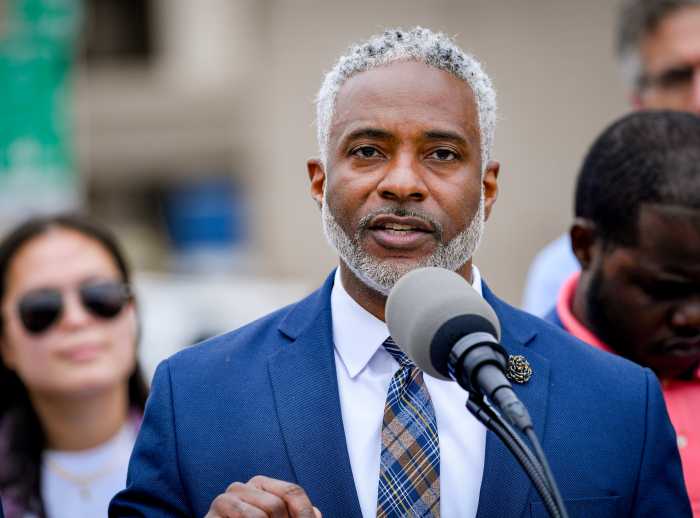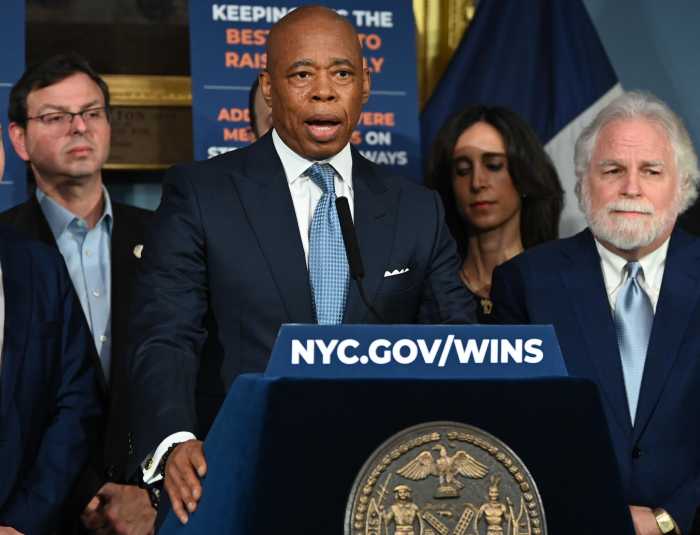It came as surprising but welcome news to learn that New York University is moving toward a master plan. Last month, the university issued a request for qualifications for developers, seeking a “design partner” to craft a long-range strategic plan for its physical growth over the next 25 to 30 years.
The R.F.Q. was sent to more than 50 top architecture and urban-planning firms. The responses were due last week. A planner is to be chosen by May and by December is to produce a master plan.
The R.F.Q. contains many commendable goals: maintaining surrounding neighborhoods’ character, engaging the community, preserving and respecting historic resources. But N.Y.U. has said all of this before.
What was missing from the R.F.Q. is leadership! Urban planners and architects that responded to the R.F.Q. are not a substitute for vision about the role of N.Y.U. over the next 30 years. These planners and architects, though talented, are technocrats and will build and plan what the client is directing.
The only person who can provide this leadership and vision is N.Y.U.’s president, John Sexton. If Sexton could integrate his two signature statements on N.Y.U.’s role — that it is a leadership university for the next century and that it exists in a fragile ecosystem — and plan accordingly, then we have an epiphany.
President Sexton can truly show the world what it’s like for a world-class university to thrive in a complex, dense, urban environment that indeed is fragile and can be overwhelmed by the presence of an overbearing mega-institution.
A central point of this epiphany must be the recognition that N.Y.U. has hit a limit to its growth in its core campus area. It cannot grow anymore — it has already maxed out on big buildings, dorms and use of the community-facilities zoning allowance. It has overfed at the community-facilities trough with the result that other needy nonprofits — like the Gateway School on E. 14th St. — can no longer avail themselves of the allowance, since the zoning is moving against it, in large part in reaction to N.Y.U.’s overindulgence.
N.Y.U. can improve its existing core facilities, while directing any future growth to outer areas, like siting faculty housing in Brooklyn and other facilities on Governors Island. But the university has reached “steady state” growth in its core areas, such as Union Square and the central and East Village.
Part of the responsibility of this recognition of a “limit to growth” is that N.Y.U. must now forsake any further use of the community-facilities allowance, and not build to the maximum height and bulk in the Village. This means doing something foreign to N.Y.U. (and developers): leaving some F.A.R. on the table.
If President Sexton can set some loving parameters, and give the technocrats some real guidelines to plan within, we can truly move toward his as-yet-unrealized vision: a leadership university in a fragile ecosystem.






























